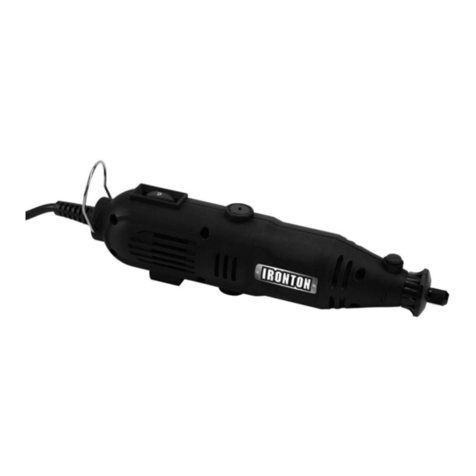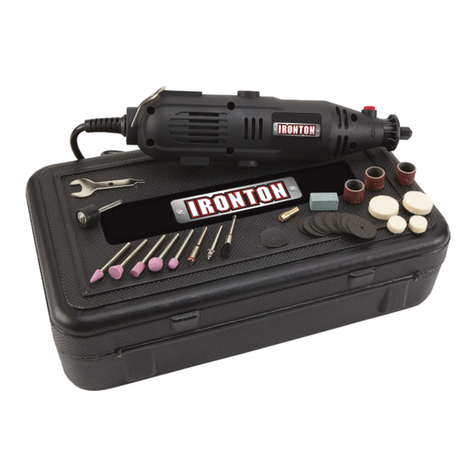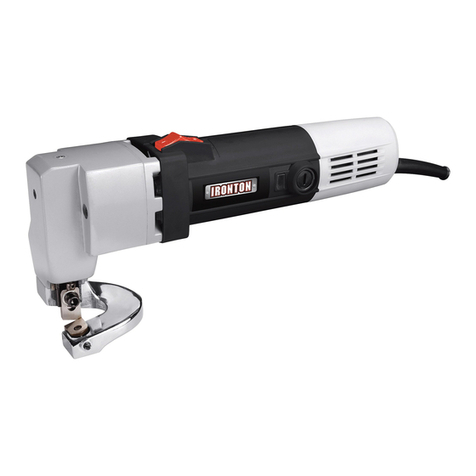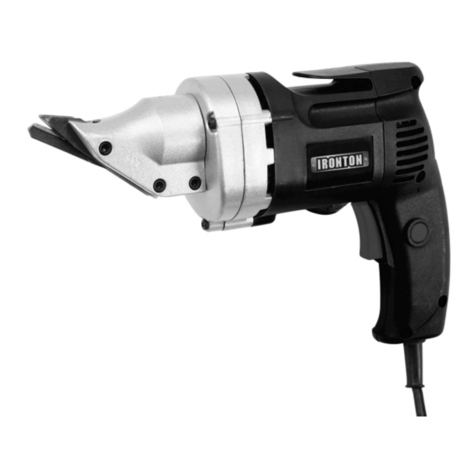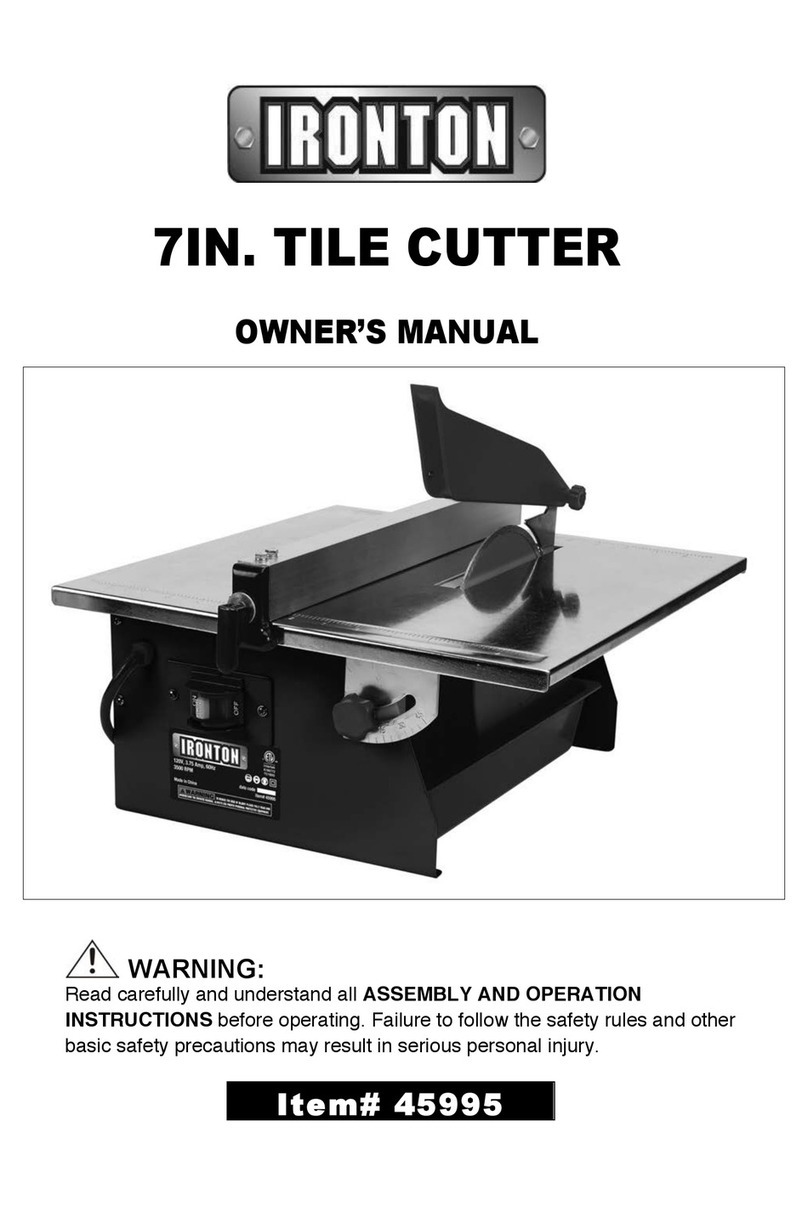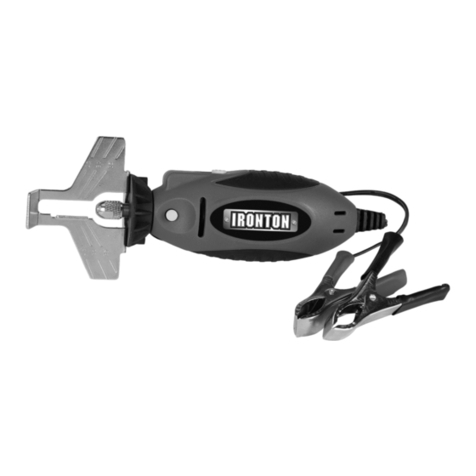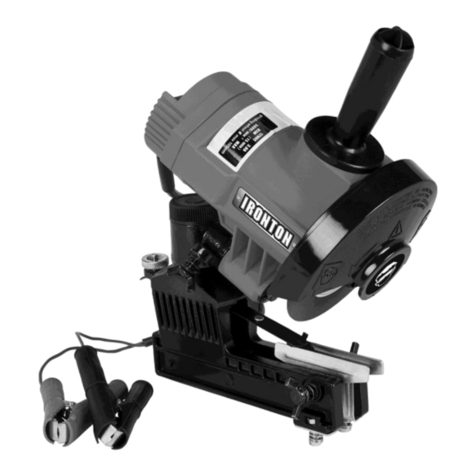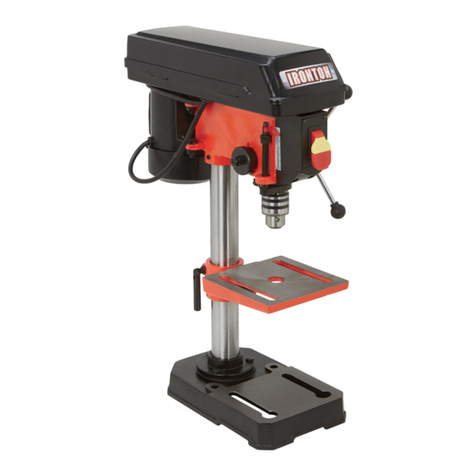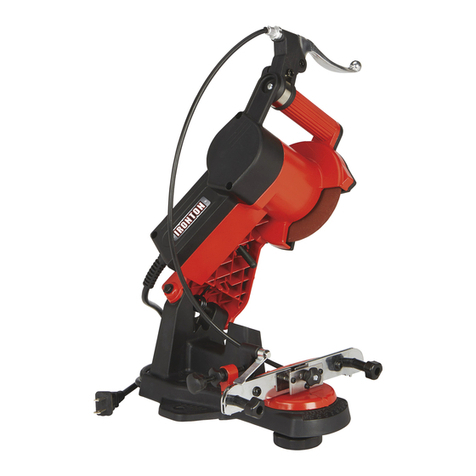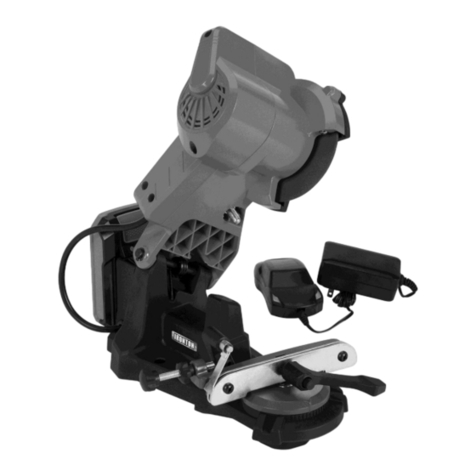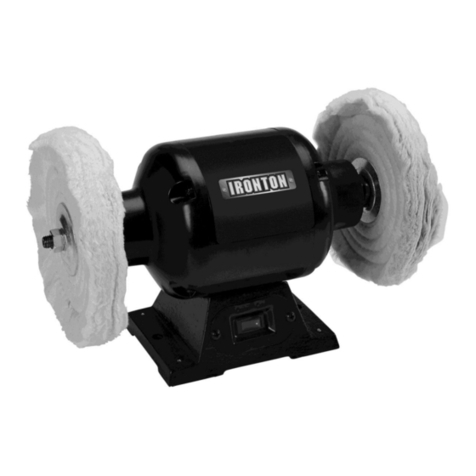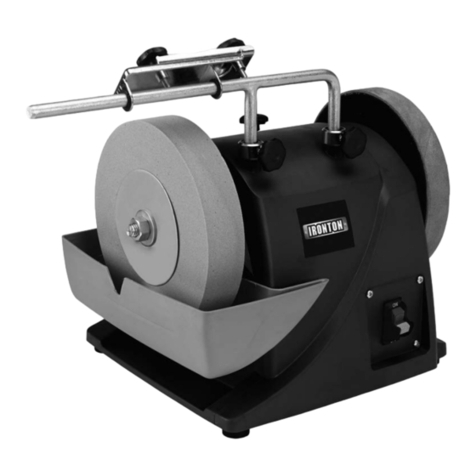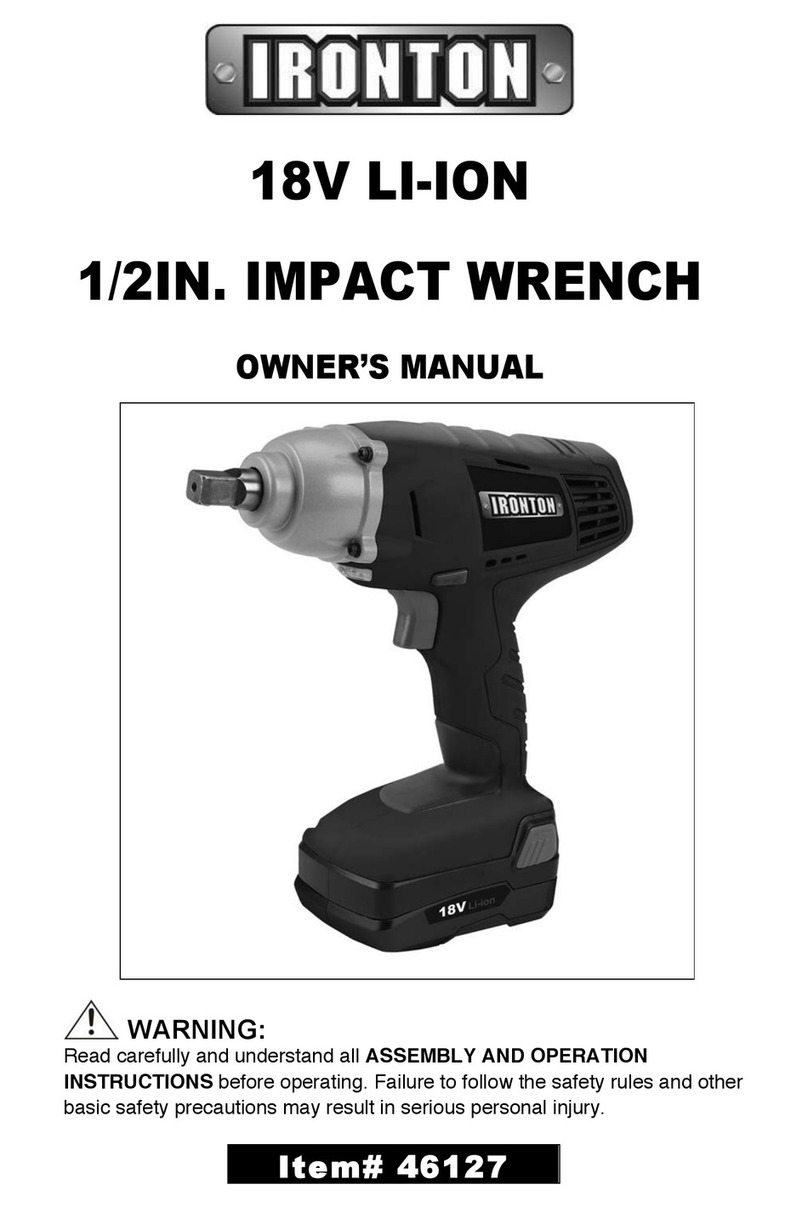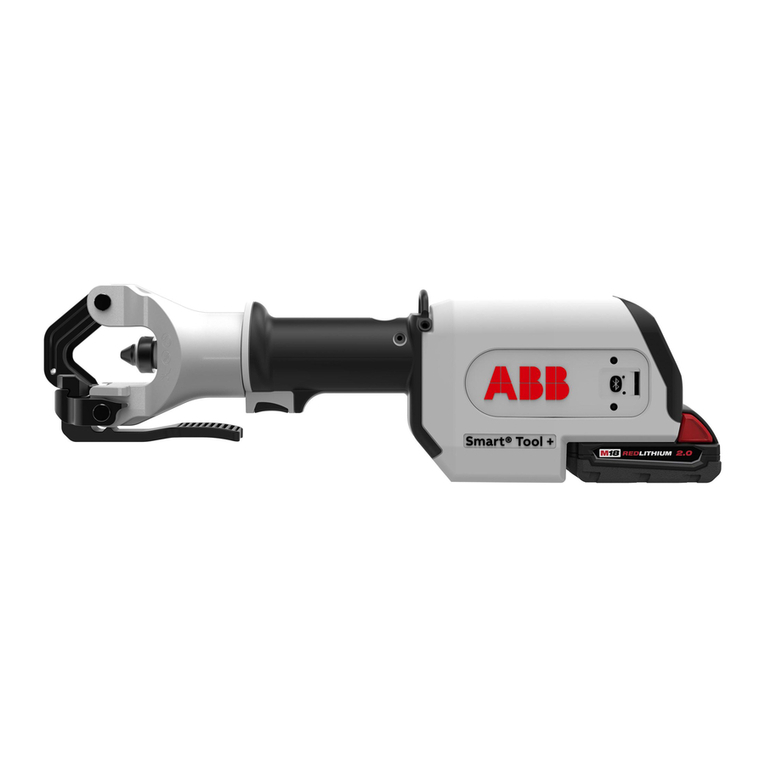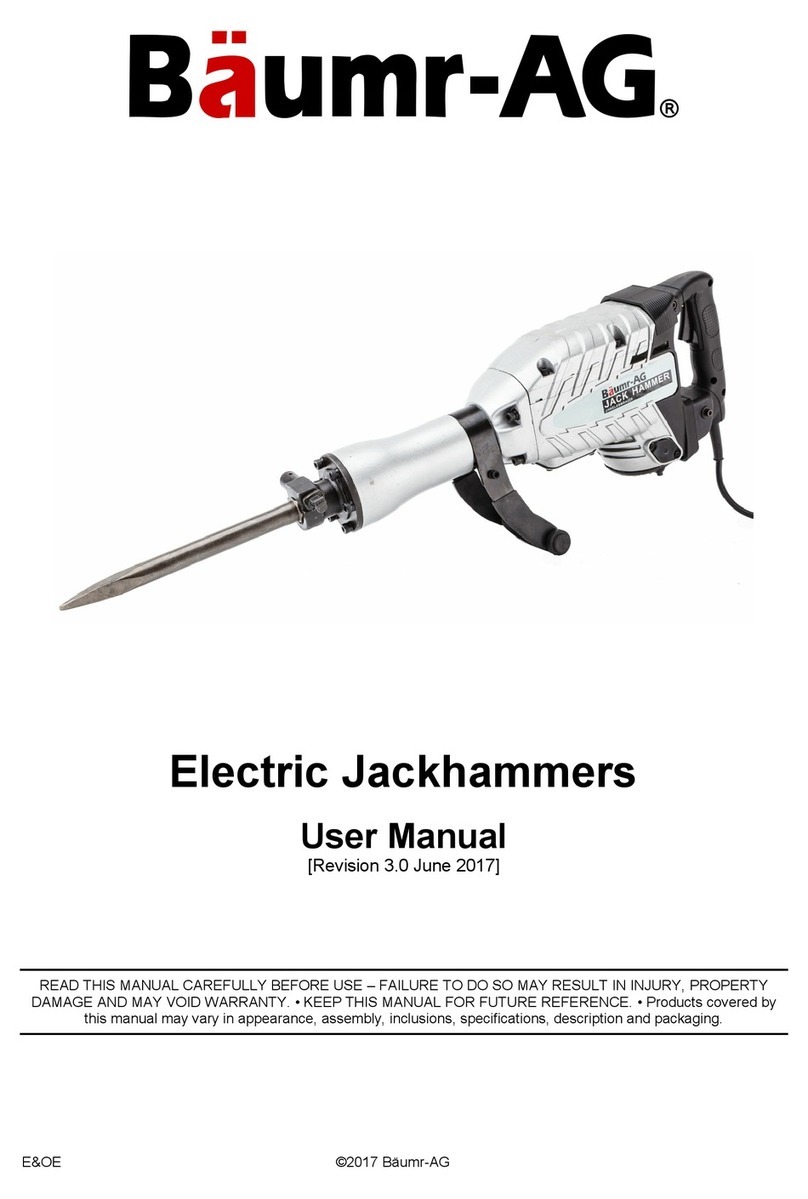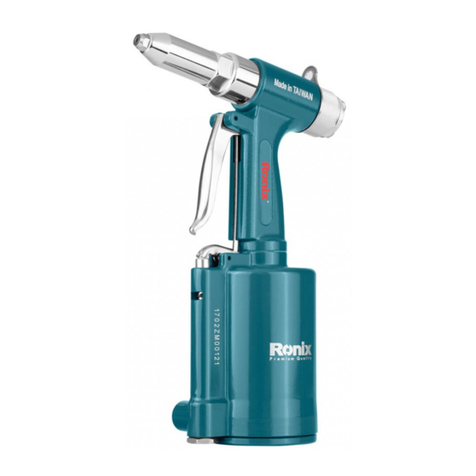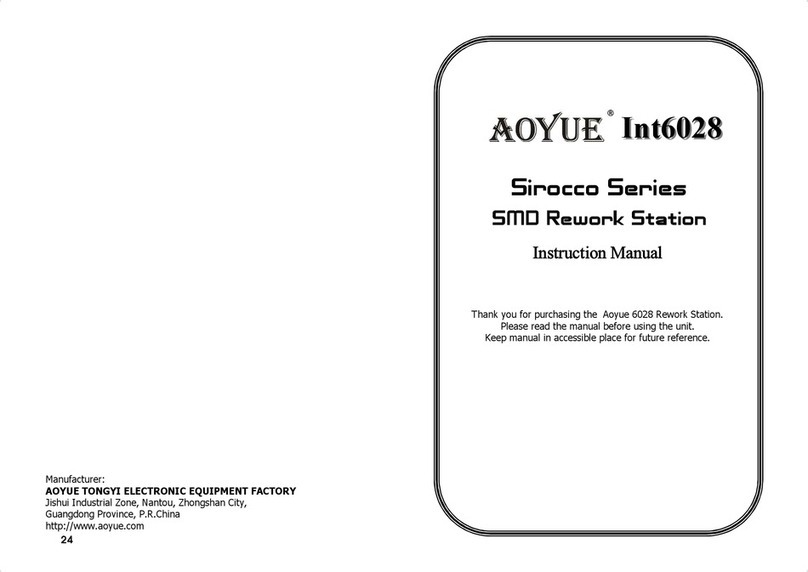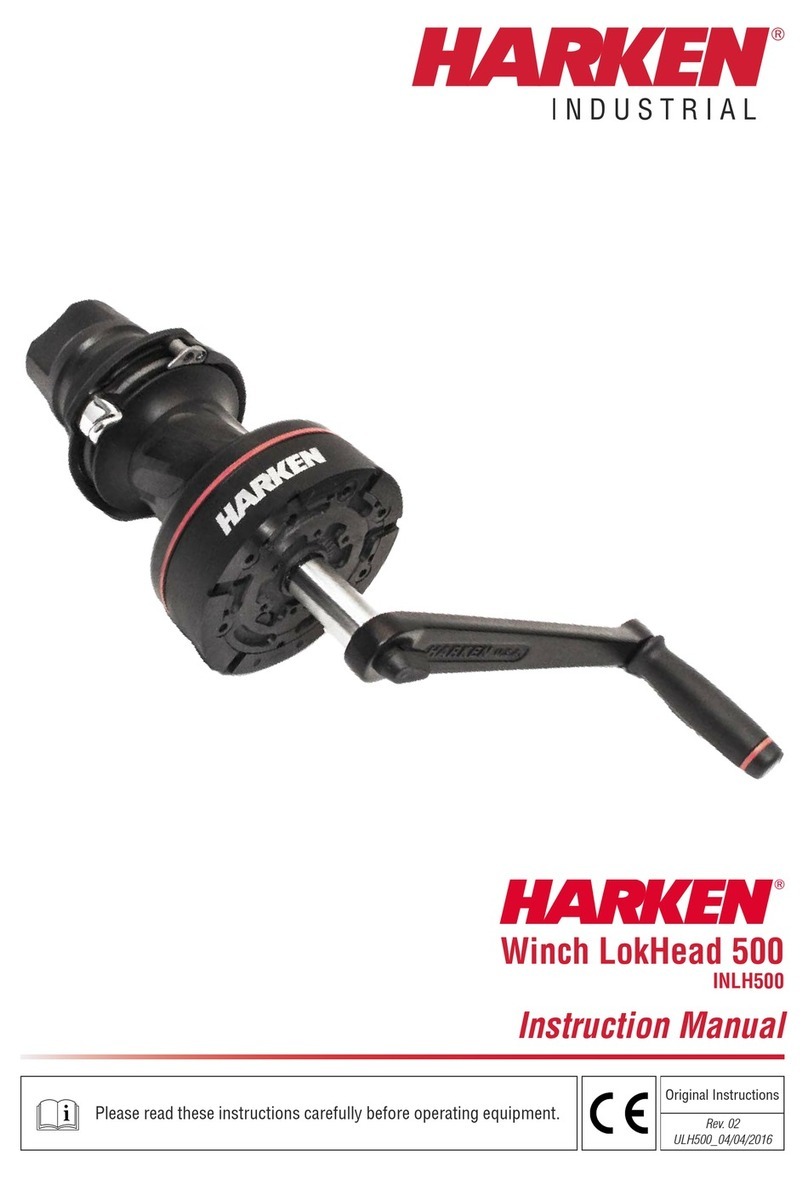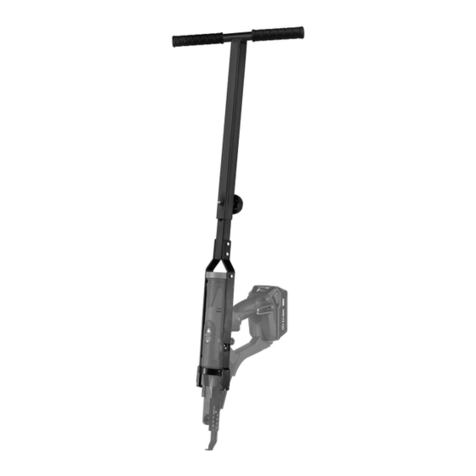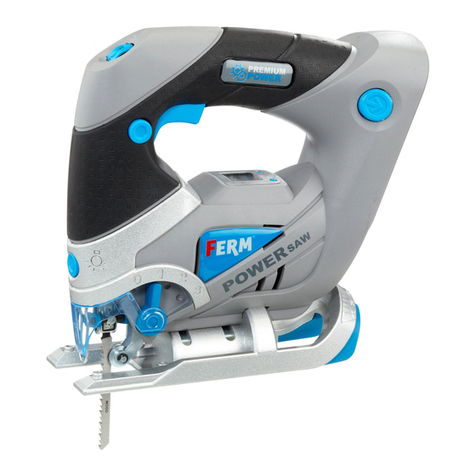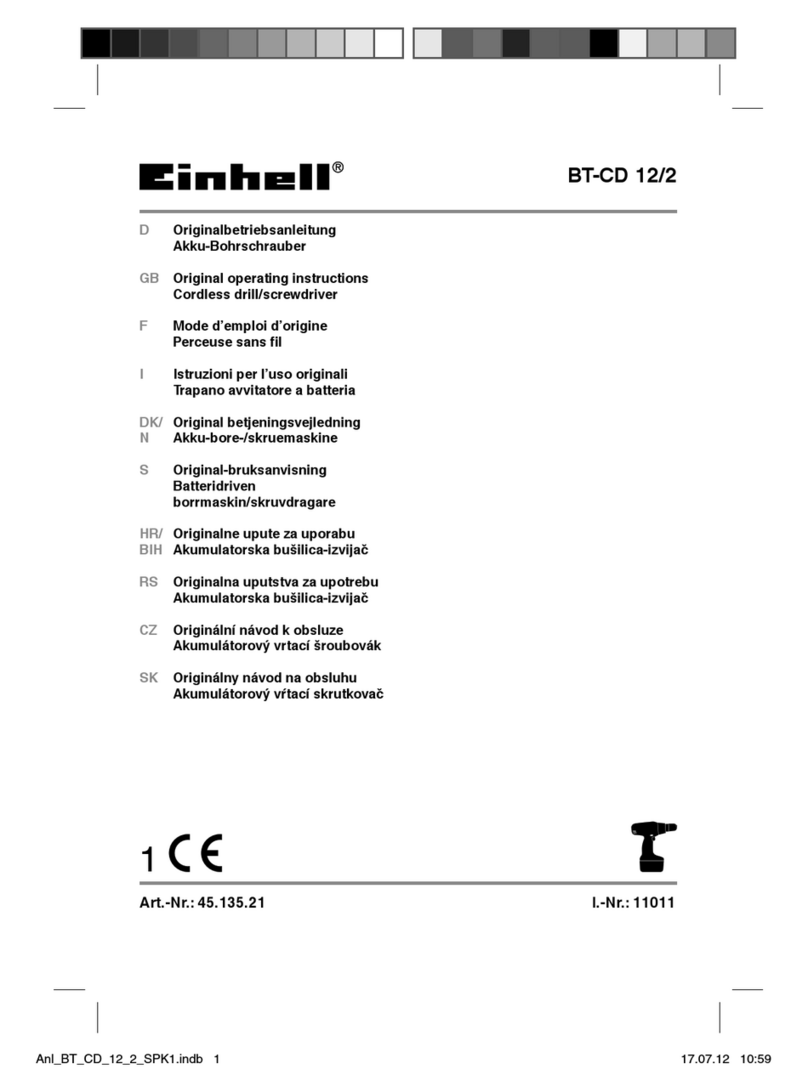Check for damaged parts before each use. Carefully check that the product will operate properly
and perform its intended function. Replace damaged or worn parts immediately. Never operate the
product with a damaged part.
Do not use a product with a malfunctioning switch. Any power tool that cannot be controlled with
the power switch is dangerous and must be repaired by an authorized service representative
before using.
Disconnect the power/air supply from the product and place the switch in the locked or off position
before making any adjustments, changing accessories, or storing the tool. Such preventive safety
measures reduce the risk of starting the tool accidentally.
Store the heat gun when it is not in use. Store it in a dry, secure place out of the reach of children.
Inspect the tool for good working condition prior to storage and before re-use.
Use only accessories that are recommended by the manufacturer for use with your product.
Accessories that may be suitable for one product may create a risk of injury when used with
another tool. Never use an accessory that has a lower operating speed or operating pressure than
the tool itself.
Keep guards in place and in working order. Never operate the product without the guards in place.
Do not leave the tool running unattended.
Wear the proper protective equipment including ANSI Z87.1 compliant eye protection, NIOSH
compliant respiratory protection, and heat resistant gloves.
Fire and burn hazard. Do not point the heat gun at people or animals.
Burn hazard. Do not touch the nozzle of the heat gun until it has cooled down.
The nozzle becomes very hot. Do not lay the heat gun on flammable surfaces when operating or
immediately after the heat gun has been turned off. Always set the heat gun on a flat, level surface
so that the nozzle tip is directed upwards and away from the supporting surface.
Do not use near combustible materials such as dry grass, leaves, and paper which can scorch
and catch fire.
Do not use the heat gun as a hair dryer.
To prevent property damage, keep the gun in constant motion. Do not stop or dwell in one spot.
Fire hazard. Use extreme caution if the other side of the material being scraped is inaccessible,
such as house siding. Hidden areas such as behind walls, ceilings, floors, soffit boards, and other
panels may contain flammable materials that could be ignited by the heat gun.
Do not use the heat gun in the presence of flammable materials or gases.
Poison hazard. Extreme care should be taken when stripping paint. The peelings, residue, and
vapors of paint may contain lead, which is poisonous. Any paint applied to homes before 1950 is
likely to contain lead. Any paint manufactured before 1977 may contain lead. Exposure to low
levels of lead can cause irreversible brain and nervous system damage. Before beginning any
paint removal process you should determine whether the paint you are removing contains lead.
Use the heat gun in a well ventilated area.
